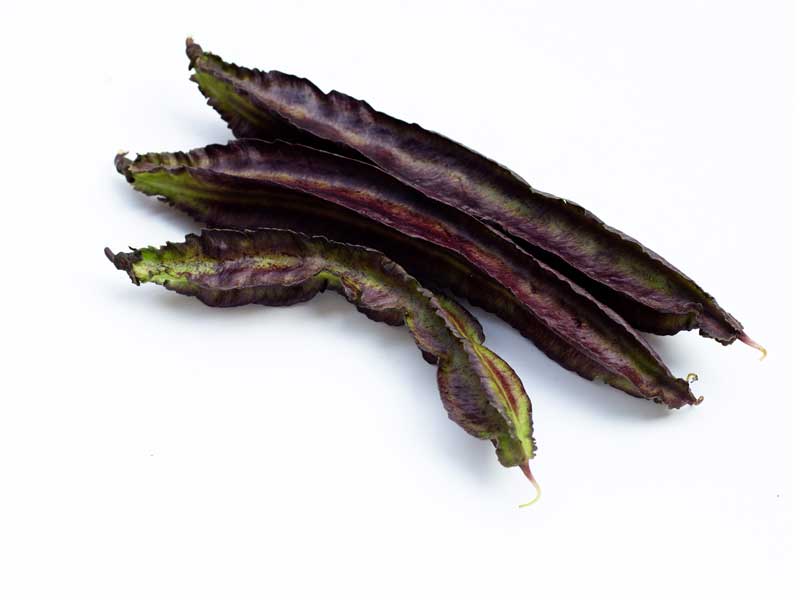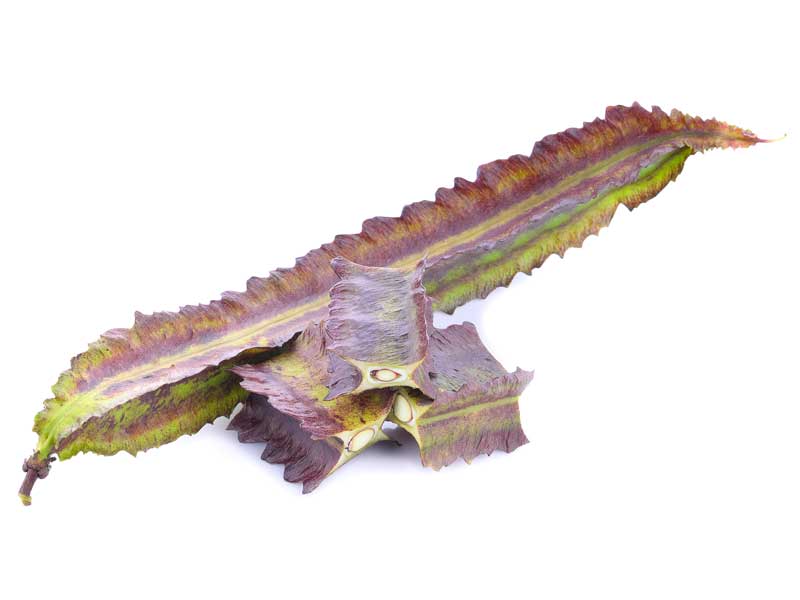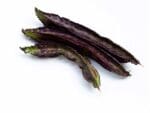RED WINGED BEAN Seeds
Botanical Name: Psophocarpus tetragonolobus
- A unique and nutritious legume known for its vibrant red-winged pods and high protein content.
- Produces large, glossy beans with a rich, nutty flavor, ideal for cooking.
- High in protein, fiber, and essential vitamins—great for plant-based diets.
- Fast-growing climbing vine; excellent for vertical gardening in compact spaces.
- Drought- and heat-tolerant; thrives in tropical and arid climates.
- Fixes nitrogen and improves soil health—ideal for crop rotation.
- Harvest young pods for fresh use or mature beans for storage.
Plant Details
- Plant Type: Annual climbing legume, grows 3–4 m tall
Sowing Information
- Germination: 7–14 days
- Germination Temperature: 20–30°C
- Depth: Sow 2–3 cm deep
- Position: Full sun
- Sow Where: Directly in garden beds or containers with trellis or support
- Soil Type: Fertile, well-drained soil with pH 6–7.5
- Spacing: 30–45 cm between plants, 90 cm between rows
Growing Tips
- Water consistently, especially during flowering and pod setting.
- Provide a strong vertical support structure for climbing vines.
- Mulch to retain soil moisture and suppress weeds.
Harvest
60–80 days for fresh pods; 90–120 days for mature beans.
When to Sow Red Winged Bean in Your Climate
| Climate Zone | Best Planting Time | Tips |
|---|---|---|
| Temperate | April – June | Start after frost risk has passed. Needs warm soil to germinate. |
| Subtropical | March – May | Ideal in spring. Provide trellis early on. |
| Tropical | February – April | Avoid wet season for best results. Choose sunny, elevated sites. |
| Cool | September – November | Not frost-hardy. Start in pots indoors if needed. |
| Arid | March – May | Ensure deep watering and mulching. Ideal during cooler arid months. |




